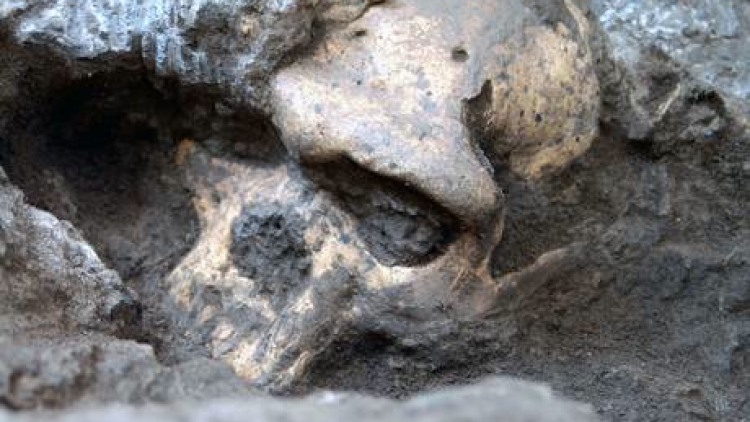Perfectly Preserved 1.8 Million-year-old Skull ‘Could Re-write History of Human Evolution’
By Steve Connor | Oct 19, 2013

Scientists have revealed one of the most dramatic discoveries in human origins with a perfectly preserved fossilised skull of an ape-like man who lived about 1.8 million years ago.
The discovery, along with the remains of four other individuals who lived at the same time, in the same place, has generated intense excitement among palaeontologists who believe the finds could re-write the early history of human evolution.
The skull and its lower jawbone were found at a palaeontology site near the medieval town of Dmansi in the foothills of the Caucuses in Georgia, which has become one of the most important centres for understanding human origins outside Africa.
A team of researchers has spent the past eight years studying the fossil skull, which was first excavated in 2005, and its jawbone, discovered in 2000 but only now re-united with its “owner”.
The first scientific description of “skull 5”, published in the journal Science, indicates that the adult male had a large, long face, heavy features, large jaw and teeth but an exceptionally small brain case, less than half of the size of a typical human today and not much bigger than a gorilla’s brain.
The four other skulls are thought to have belonged to an elderly, toothless male, another adult male, a young female and an adolescent of unknown sex. The scientists do not know whether they were part of the same family group or had lived at precisely the same time.















